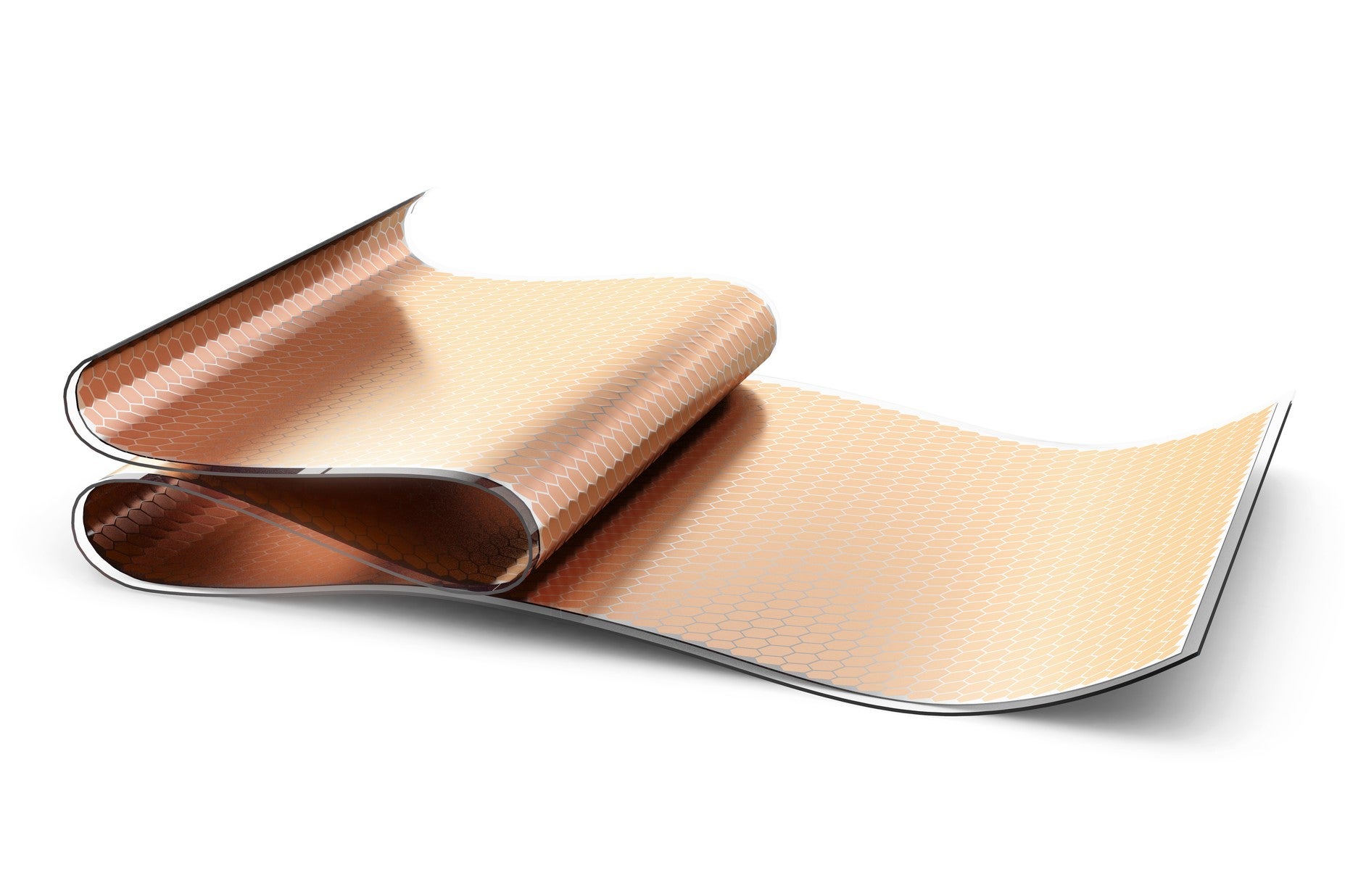Battery breakthrough could supercharge transition to renewable energy
Zinc-air batteries hold huge potential for grid-scale storage

Researchers say they have discovered a way to make a highly efficient form of battery cheap enough to be commercially viable on a massive scale, which they claim could transform renewable energy.
Zinc-air batteries (ZABs) have high energy densities, making them popular in small devices like hearing aids, but they hold huge potential for much larger applications like grid-scale energy storage for renewable projects.
However, until now they have required either expensive components or agents that reduced their ability to recharge, making them less commercially appealing compared to less-energy dense and more dangerous alternatives.
An international team from the University of Oxford, University College London and Hunan University in China were able to overcome this limitation by designing a new type of catalyst and battery component that reduces cost and is even flexible and stable enough to be used in wearable devices.
“Rechargeable metal–air batteries are promising power sources, especially zinc-air batteries, which offer high theoretical energy densities, environmental friendliness, and cost effectiveness,” said Huanxin Li, a research fellow in the Department of Chemistry at the University of Oxford.
“Additionally, rechargeable ZABs are not only safe and stable but also portable and wearable.”
Importantly, the catalyst developed by the researchers uses a non-noble metal, making it far cheaper and easier to produce.
“Developing low-cost and efficient bifunctional non-noble electrocatalysts is crucial to the commercialization of rechargeable ZABs,” said Dr Li.
“Among various non-noble catalysts, metal-nitrogen-carbon (M-N-C) nanomaterials have attracted particular attention due to their low price, abundant reserves, excellent electrochemical activity and high stability,”
The battery breakthrough was detailed in a study, titled ‘Fe-Co-Ni ternary single-atom electrocatalyst and stable quasi-solid-electrolyte enabling high-efficiency zinc-air batteries’, which was published in the scientific journal Nano Research Energy.
Join our commenting forum
Join thought-provoking conversations, follow other Independent readers and see their replies
Comments
Bookmark popover
Removed from bookmarks